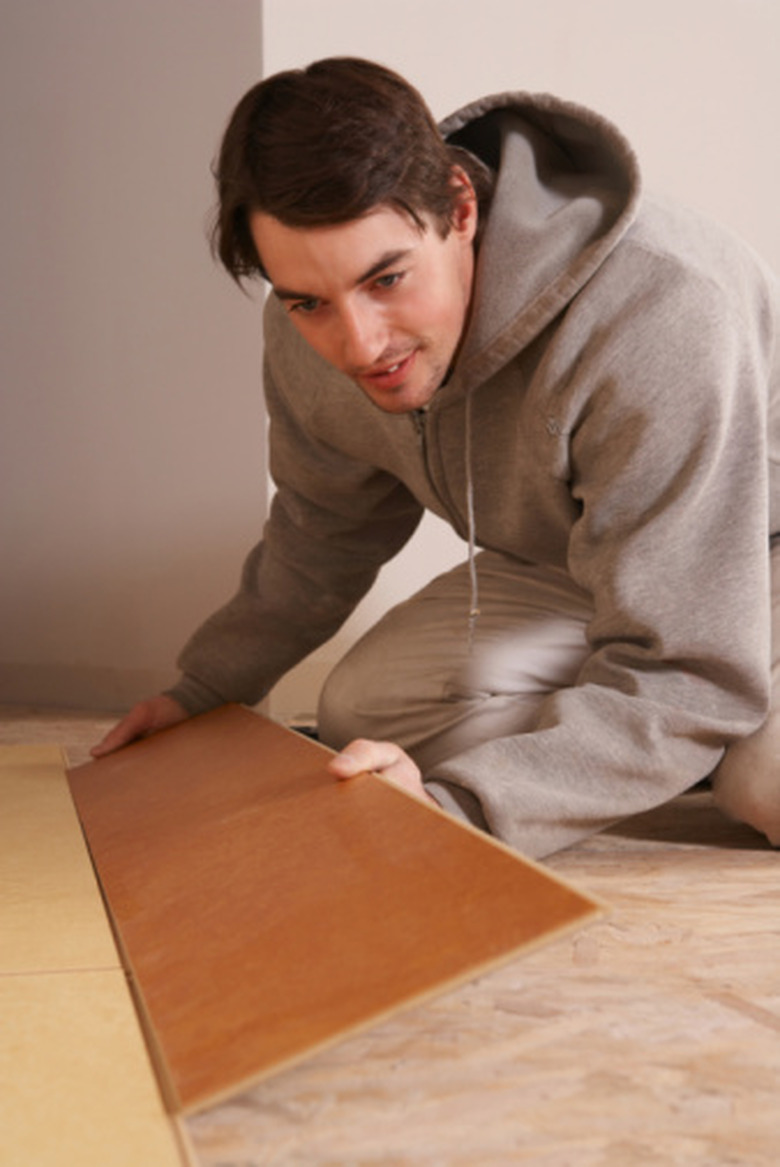The Best Wood Floor For A Concrete Slab
According to flooring experts, the best kind of wood flooring to use with a concrete subfloor is a floating engineered wood floor. This kind of floor performs well, resists moisture and is easy to install. It is also inexpensive, which is a benefit for homes.
Floating Floor
Floating Floor
A floating floor is a type of engineered hardwood floor. It has several thin layers of wood glued together with a high-quality wood veneer as the top layer. The flooring is called "floating" because it is not glued directly to the sub floor. This causes the floor to "float" above the subfloor. This style of wood floor is recommended with the use of a concrete slab because engineered floors are more moisture-resistant than traditional hardwood and the flooring clicks together like one large piece of flooring, which is easier to install on cement.
Installation
Installation
The installation process for floating wood floors is simple. First, the concrete is sealed with a sealant to block moisture. Then a moisture barrier is applied over the floor, such as a plastic, rubber or felt barrier. This blocks any moisture from warping the wood. Finally, the wood is installed over the barrier. Some floating floors stick together with glue between the tongue and groove between the boards. Other floating floors simply click together and require no glue at all.
Benefits
Benefits
There are many benefits to using a floating floor on a concrete slab. The slap is not ruined with a high number of nails. The floating floor is fast and easy to install, which saves on installation costs. The engineered hardwood is resistant to moisture and mold damage. Engineered wood is often less expensive than traditional hardwood floors. The flooring can freely expand and contract with the weather without any damage to the floor or the subfloor.
Features and Life
Features and Life
Floating wood floors come in a variety of patterns and textures. Because only the top layer of the floor is high-quality wood, it is possible to find veneers made from wood that would otherwise be very expensive to use as flooring. If necessary, you can sand and refinish the floor without having to replace the boards, as with some faux wood floors. The flooring lasts for 30 or more years, depending on the wear and tear.
